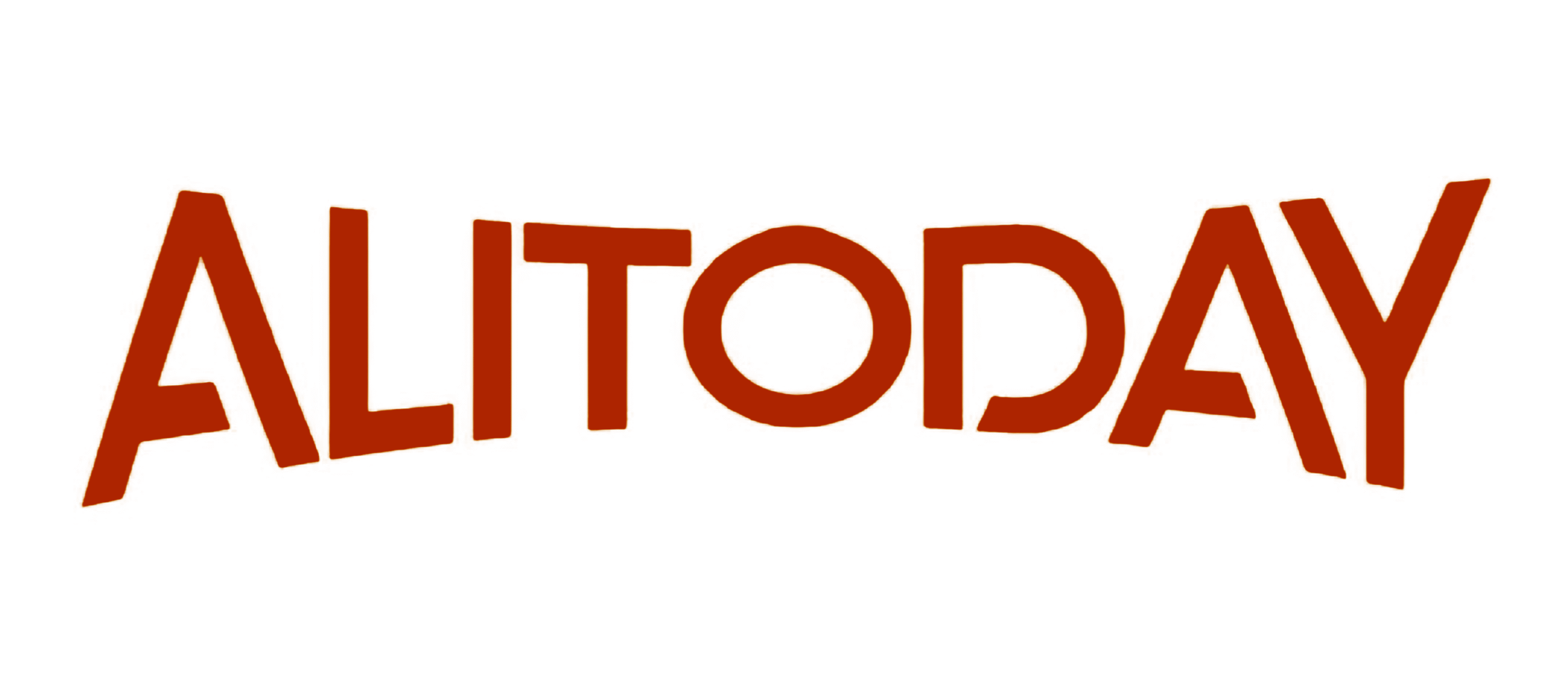The U.S. labor market downshifted in January as employers added 143,000 jobs, falling short of economists’ expectations amid disruptions from wildfires, severe winter weather, and simmering uncertainty over former President Donald Trump’s trade and immigration agendas.
Despite the slowdown, the unemployment rate edged down to 4%—an eight-month low—and robust upward revisions to prior months’ payrolls underscored lingering strength in the job market, the Labor Department reported Friday.
Mixed Signals in a Cooling Market
January’s US Jobs Report gains lagged behind the Bloomberg-surveyed median forecast of 170,000, reflecting headwinds from evacuations tied to Los Angeles wildfires and the coldest January since 2011, stalling activity in construction and hospitality sectors. Goldman Sachs estimates that the dual crises reduced payroll growth by roughly 40,000 jobs.
Yet the report also delivered a silver lining: November and December 2024 employment figures were revised up by 100,000, revealing booming late-year hiring. November’s gains jumped to 261,000 (from 212,000), while December’s surged to 307,000 (from 256,000), partly fueled by a post-election rally in small-business optimism after Trump’s victory.
“This is another month showing stability,” said Chicago Federal Reserve President Austan Goolsbee, a voting member of the Fed’s rate-setting committee. “While job growth slowed, 150,000 [gains] a month is still a pretty solid pace.”
Health Care Surges, White-Collar Jobs Slip
Health care led January hiring with 44,000 new roles, extending its streak as a labor market stalwart. Retail added 34,000 jobs, while government payrolls grew by 32,000. However, professional and business services—a bellwether for office demand—shed 11,000 positions, and leisure/hospitality lost 3,000 jobs. Manufacturing and construction eked out modest gains of 3,000 and 4,000, respectively.
Wages continued to outpace inflation, with average hourly earnings rising 0.5% to $35.87, lifting the annual increase to 4.1%. While wage growth has moderated from pandemic peaks, economists note that strong productivity gains could allow employers to sustain raises near 4% without stoking inflation.
Fed’s Balancing Act: Rate Cuts on Pause?
The labor market’s mixed signals—slower hiring but falling unemployment and hotter pay growth—are unlikely to spur the Fed to accelerate rate cuts. Last week, the central bank held its benchmark rate steady at 5.25%-5.5%, a 23-year high, as inflation remains stuck above its 2% target.
Goolsbee argued that easing inflation should still pave the way for rate reductions, emphasizing that wages “tend to lag prices” and productivity gains justify higher pay without price spikes. But with Trump’s proposed tariffs and immigration crackdowns looming, policymakers face mounting uncertainty.
Policy Risks Cloud Outlook
Economists warn that Trump’s 10% tariff on Chinese imports and paused 25% levies on Canada and Mexico—which could resume in March—may dampen hiring as businesses brace for higher costs. Meanwhile, his plan to deport millions of undocumented immigrants threatens to exacerbate labor shortages, particularly in sectors like agriculture and hospitality.
“Steep tariffs and policy uncertainty could push businesses to adopt wait-and-see behaviors and pull back on hiring,” said Lydia Boussour, senior economist at EY-Parthenon. A Sentry survey found 47% of executives cite economic uncertainty as their top concern, with 67% reporting higher stress levels than a year ago.
Still, Trump’s deregulation push and plans to expand tax cuts have buoyed business sentiment. Moody’s Analytics projects job growth will slow to 100,000 monthly by late 2025, a marked cooldown from the post-pandemic hiring frenzy but consistent with pre-COVID trends.
Revisions Reveal a Softer 2024
In a separate report, the Labor Department revised March 2024 total employment down by 598,000, though less drastic than initial estimates. The adjustment—based on state unemployment records—suggests the economy added 50,000 fewer jobs monthly from April 2023 to March 2024, painting a more muted picture of last year’s expansion.
Bottom Line
January’s jobs snapshot captures an economy at a crossroads: resilient enough to maintain steady hiring and falling unemployment, yet increasingly vulnerable to political and environmental shocks. As the Fed treads cautiously and businesses navigate a thickening fog of policy risks, the labor market’s next chapter hinges on whether inflation continues to recede—and whether Washington’s moves fuel growth or deepen uncertainty.




hi
Only wanna input that you have a very decent website , I like the layout it actually stands out.